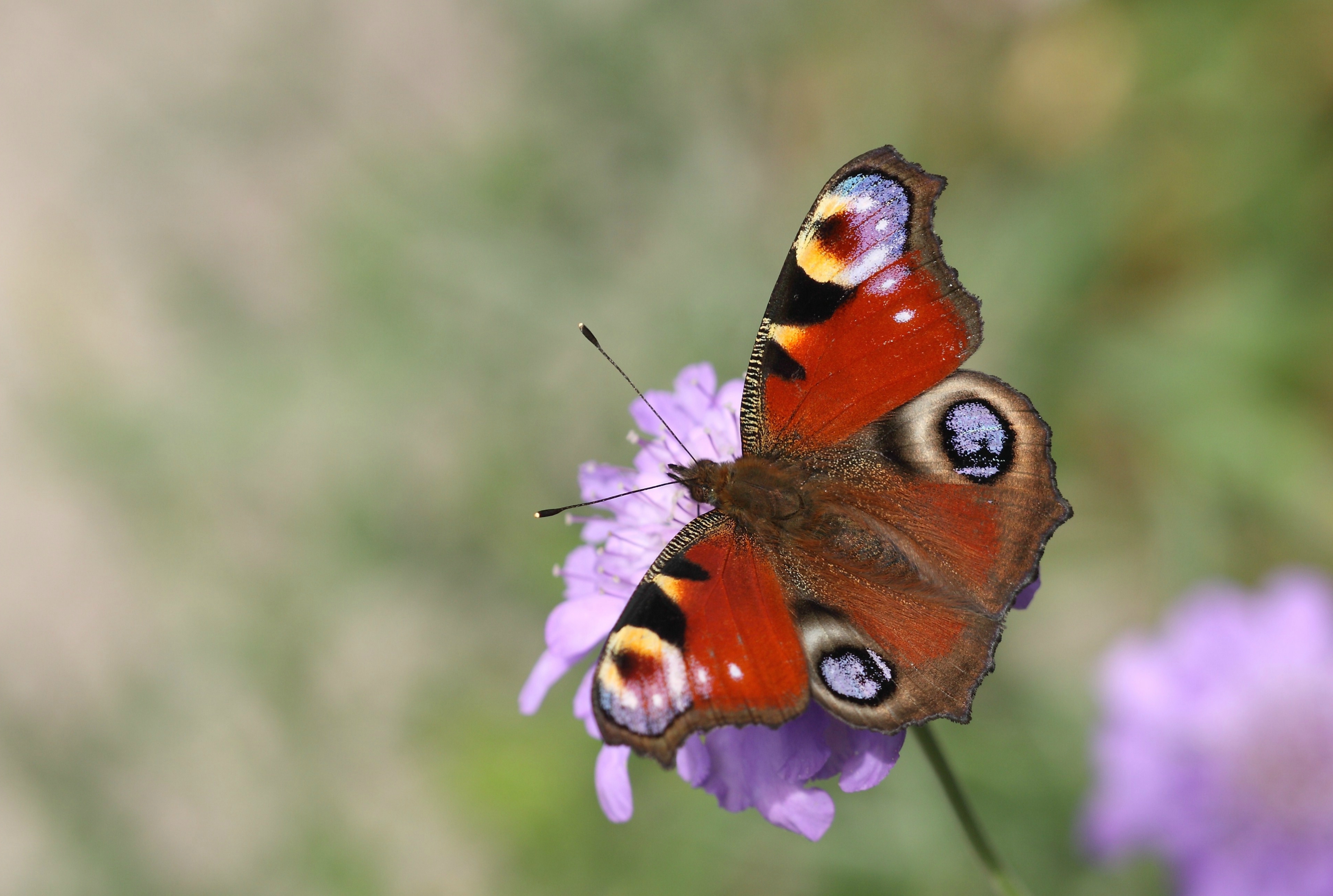2014 is shaping up to be a bumper year for butterflies. A mild winter followed by lots of spring sunshine saw hibernating species emerge in good numbers, producing plenty of offspring about to become adults in time for the Big Butterfly Count.
If you are lucky enough to live somewhere with outdoor space and nectar plants, then you have probably noticed the recent arrival of common garden butterflies like Red Admiral, Peacock and Small Tortoiseshells. In fact all 21 Big Butterfly Count species can be found in gardens depending on where you live and how green-fingered you are.
In my garden the buddleias have just come in to bloom. My 9-year-old son has downloaded the Big Butterfly Count app onto his Ipod and we are standing by ready to start submitting results on the 19th July. I say standing by - we are actually planning to take part sitting on the sun loungers with ice-lollies, but that’s the beauty of the count. You can combine it with your favourite outdoor activity.
Big Butterfly Count records are welcome from anywhere: from parks, school grounds and gardens, to fields and forests. Take a dog, a bike or a picnic. Get counting in the sand dunes on a visit to the beach or submit your results from the local playground while watching your grandchildren on the swings.
You can submit separate records for different dates and for different places that you visit, so there has never been a better excuse to get out and about looking for butterflies.
Butterfly Conservation has 32 nature reserves across the UK – all great destinations for butterfly counting. RSPB have singled out some of their best sites for seeing butterflies . You can also head out to your local National Trust garden where many common species can be found nectaring in the beautiful flower beds.
Download your free identification chart or smartphone app and don’t forget to count butterflies wherever you might be between 19th July and 10th August.
Catrin Hollingum
Senior Media Officer


